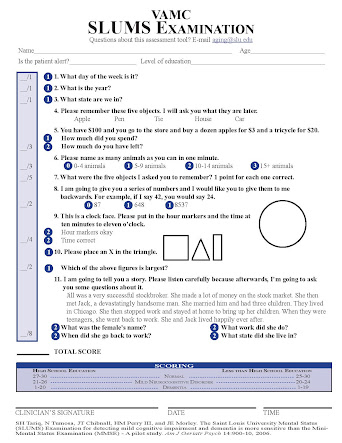Scapulohumeral Rhythm
Scapulohumeral
Rhythm is described as the relations of the movement between the humerus and
scapula. In my opinion, they share quite the friendship! The importance of this
relationship relies on the movement of the scapula in congruence with the
glenohumeral muscles to allow a good length-tension relationship.
Optimal
contraction of the glenohumeral muscles cannot happen without scapulohumeral
rhythm. The importance of the optimal length tension for the muscle relies
within the scapular movement. Therefore, when the shoulder cannot extend or
flex fully, a client’s ROM measurements will most likely be insufficient or abnormal.
When one joint is not functioning properly, this will affect the full ROM of
shoulder as well. This creates shoulder complex ROM deficits if you’re lacking
in the scapulothoracic joint or the glenohumeral which will affect many
people’s occupations. This is why the rhythm makes it more fluid in ADL’s or
other daily occupations. In relations to MMT scoring, the scapulohumeral rhythm
allows the shoulder to be placed a position for the maximum number of cross
bridges in the muscle to be formed.
One of
the most common injuries at the shoulder is to one or more of the rotator cuff muscles,
which relates to scapulohumeral rhythm in shoulder impingement. This is caused
by the ROM deficits in the subacromial space which lies in between the acromion
and the humerus. When impingement occurs, the nerve can have inflammation and
pain. Overall, ROM and muscle contraction sufficiency are relying on proper
scapulohumeral rhythm for shoulder movements of a client.



Comments
Post a Comment